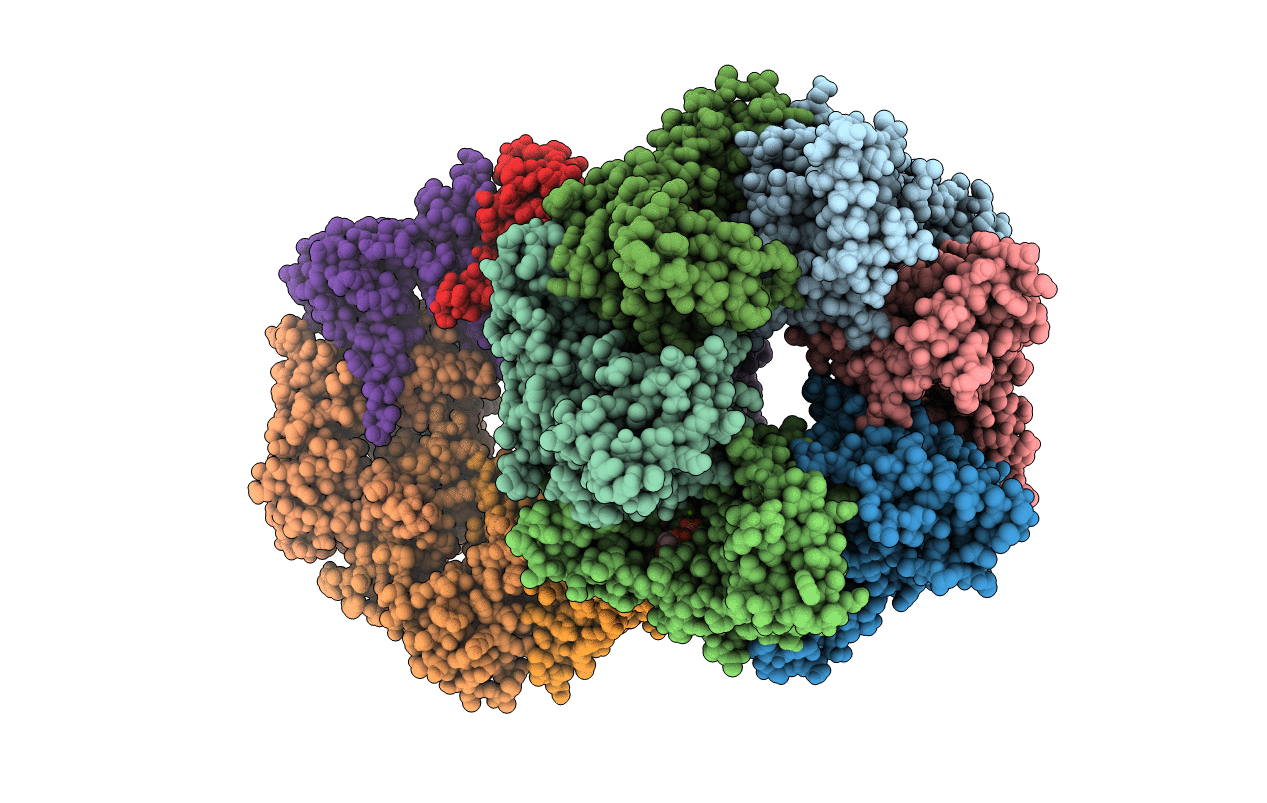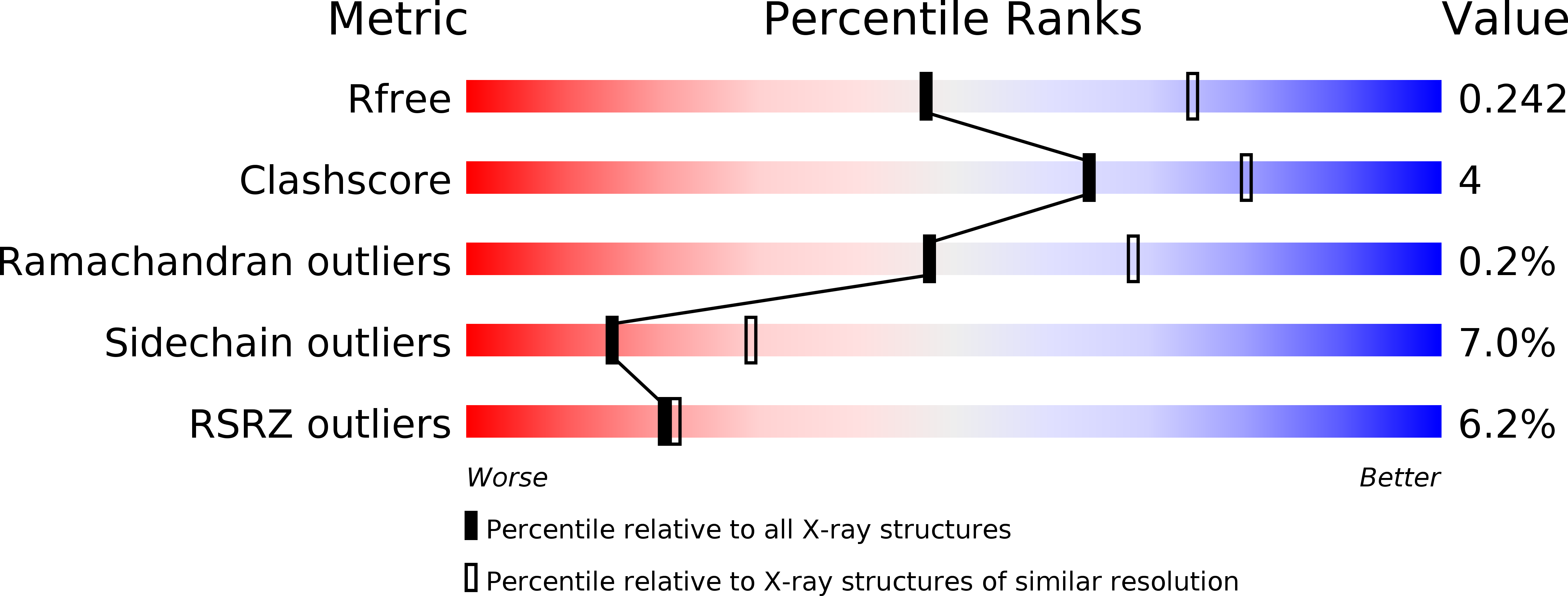
Deposition Date
2019-05-07
Release Date
2020-05-06
Last Version Date
2023-11-22
Entry Detail
PDB ID:
6K0R
Keywords:
Title:
Ruvbl1-Ruvbl2 with truncated domain II in complex with phosphorylated Cordycepin
Biological Source:
Source Organism:
Homo sapiens (Taxon ID: 9606)
Host Organism:
Method Details:
Experimental Method:
Resolution:
2.50 Å
R-Value Free:
0.26
R-Value Work:
0.22
R-Value Observed:
0.23
Space Group:
C 1 2 1


